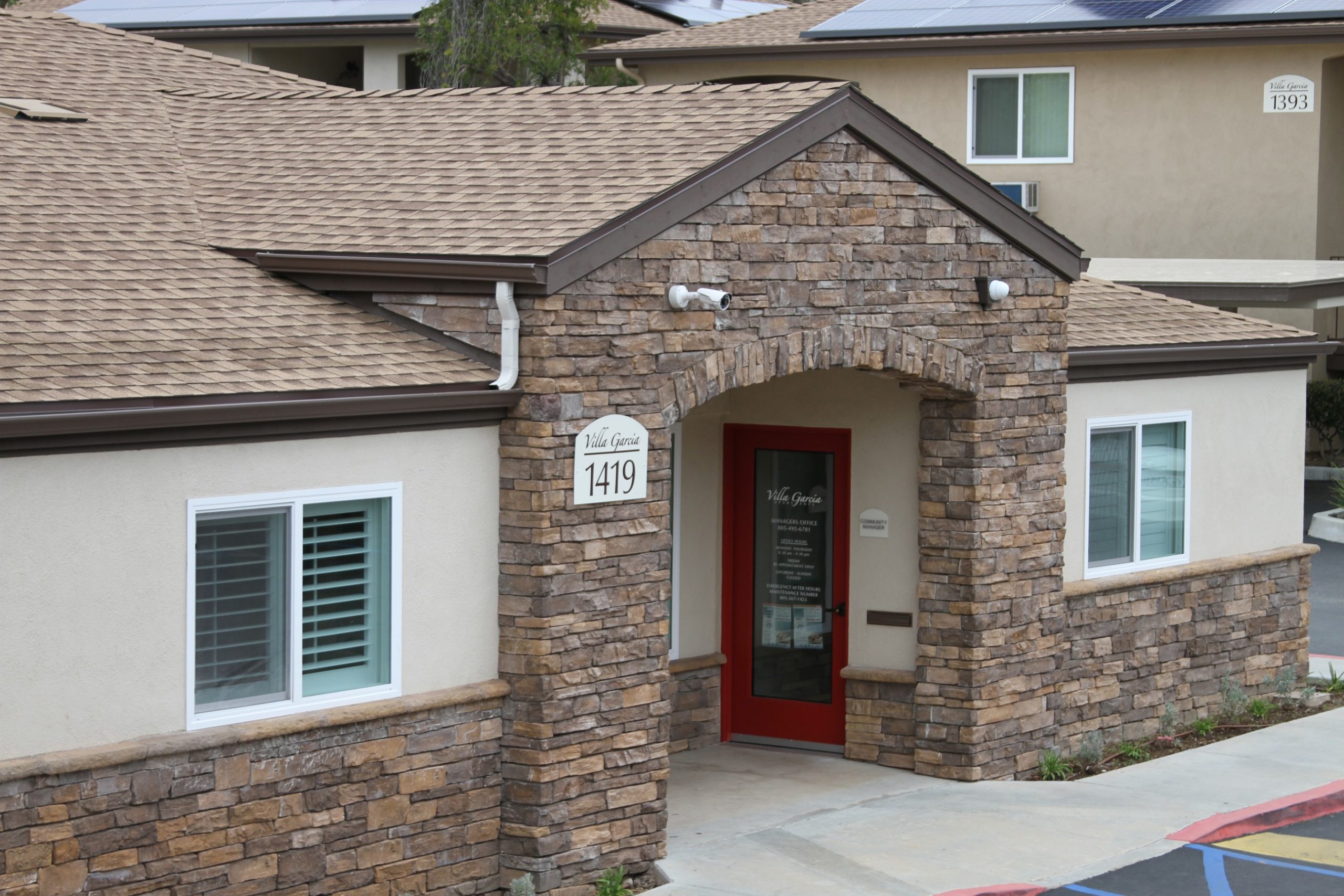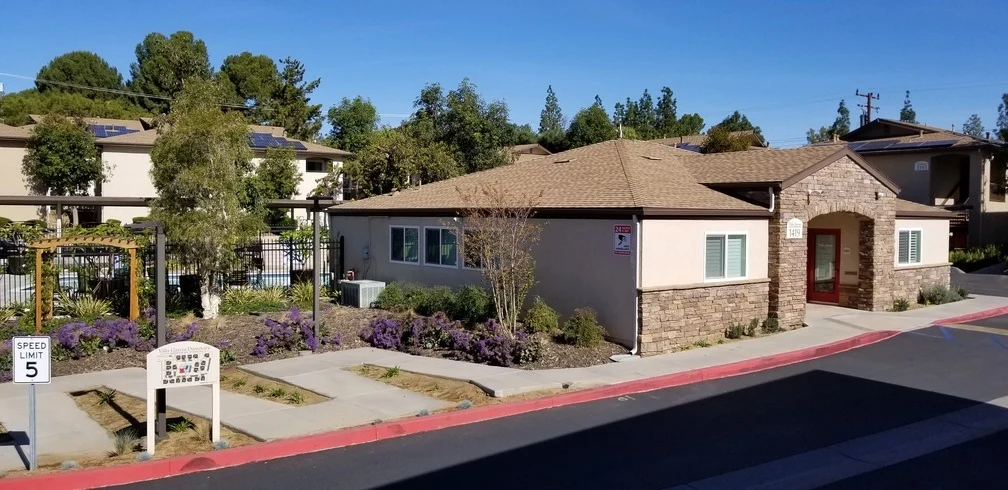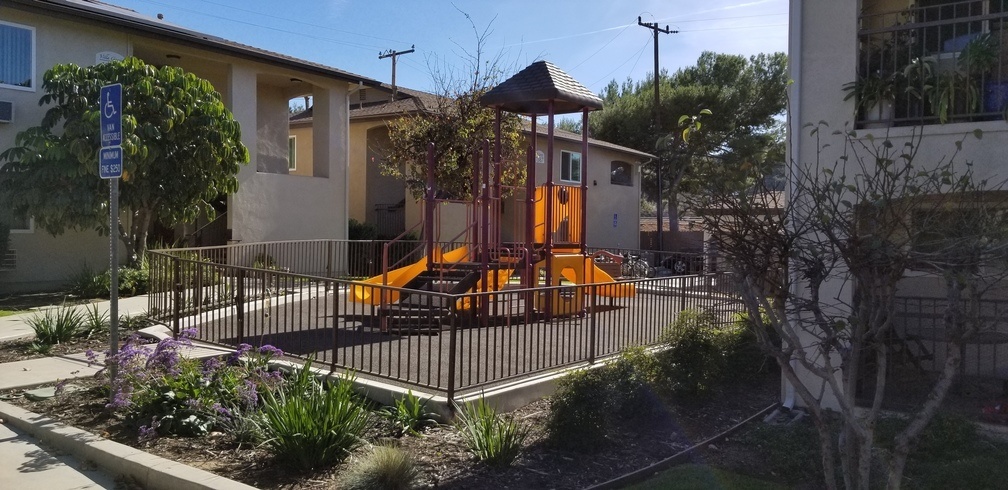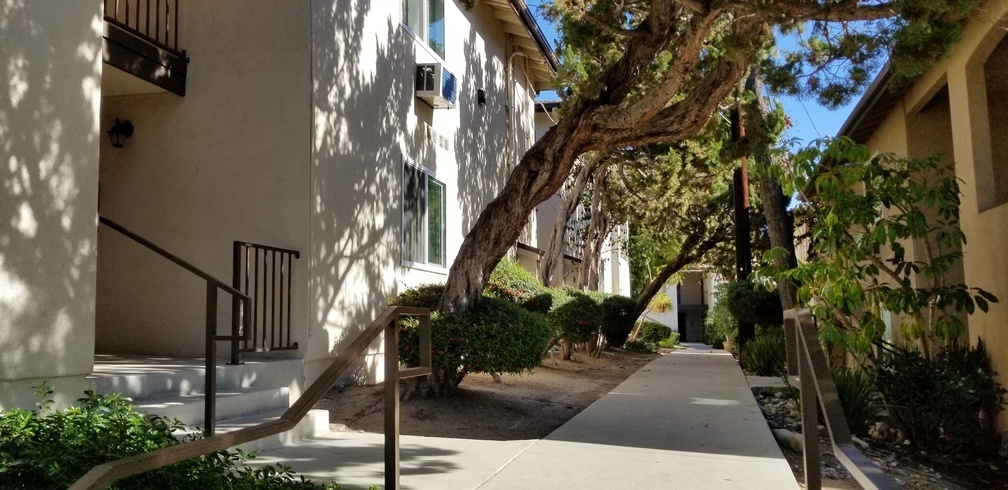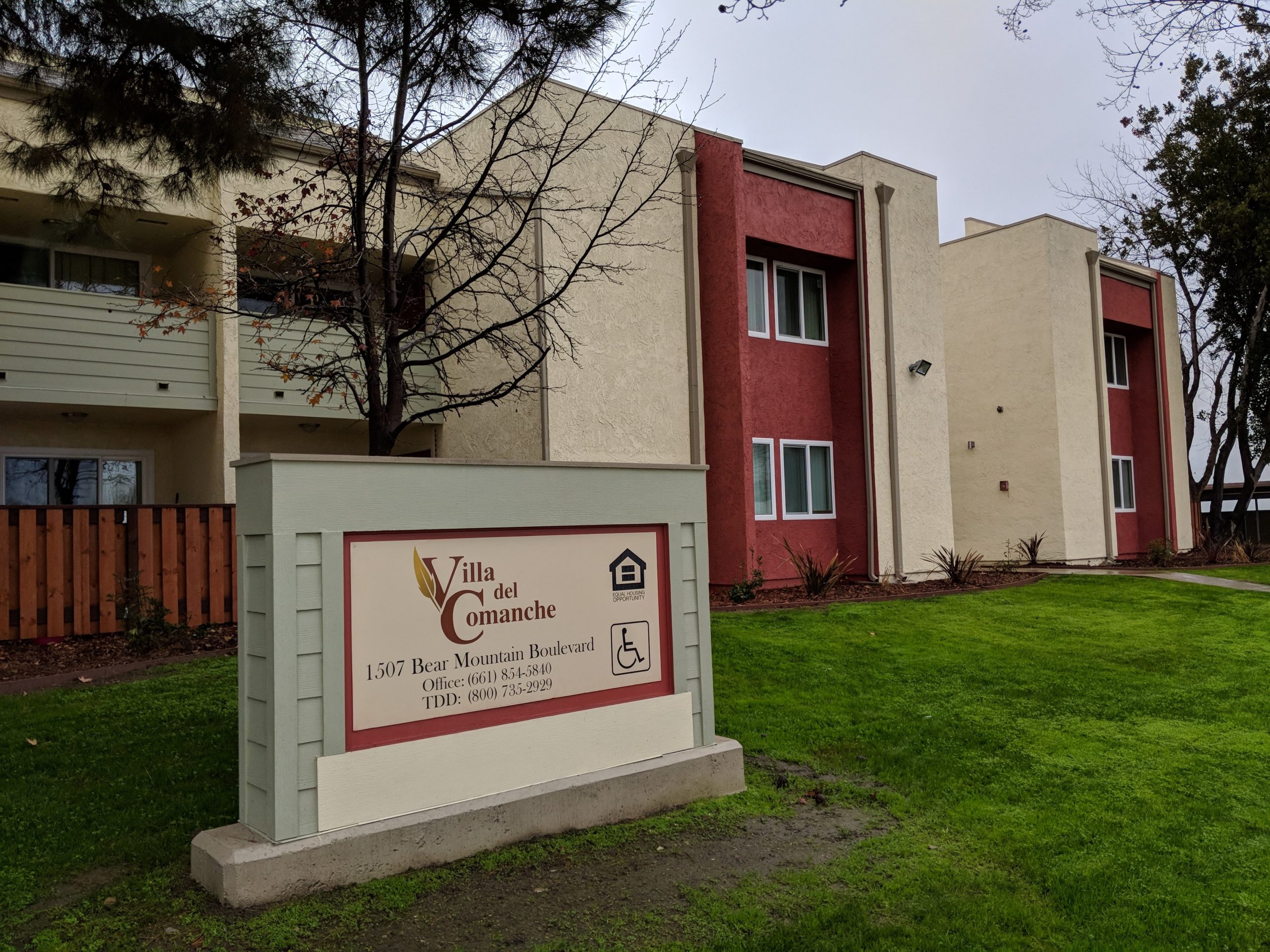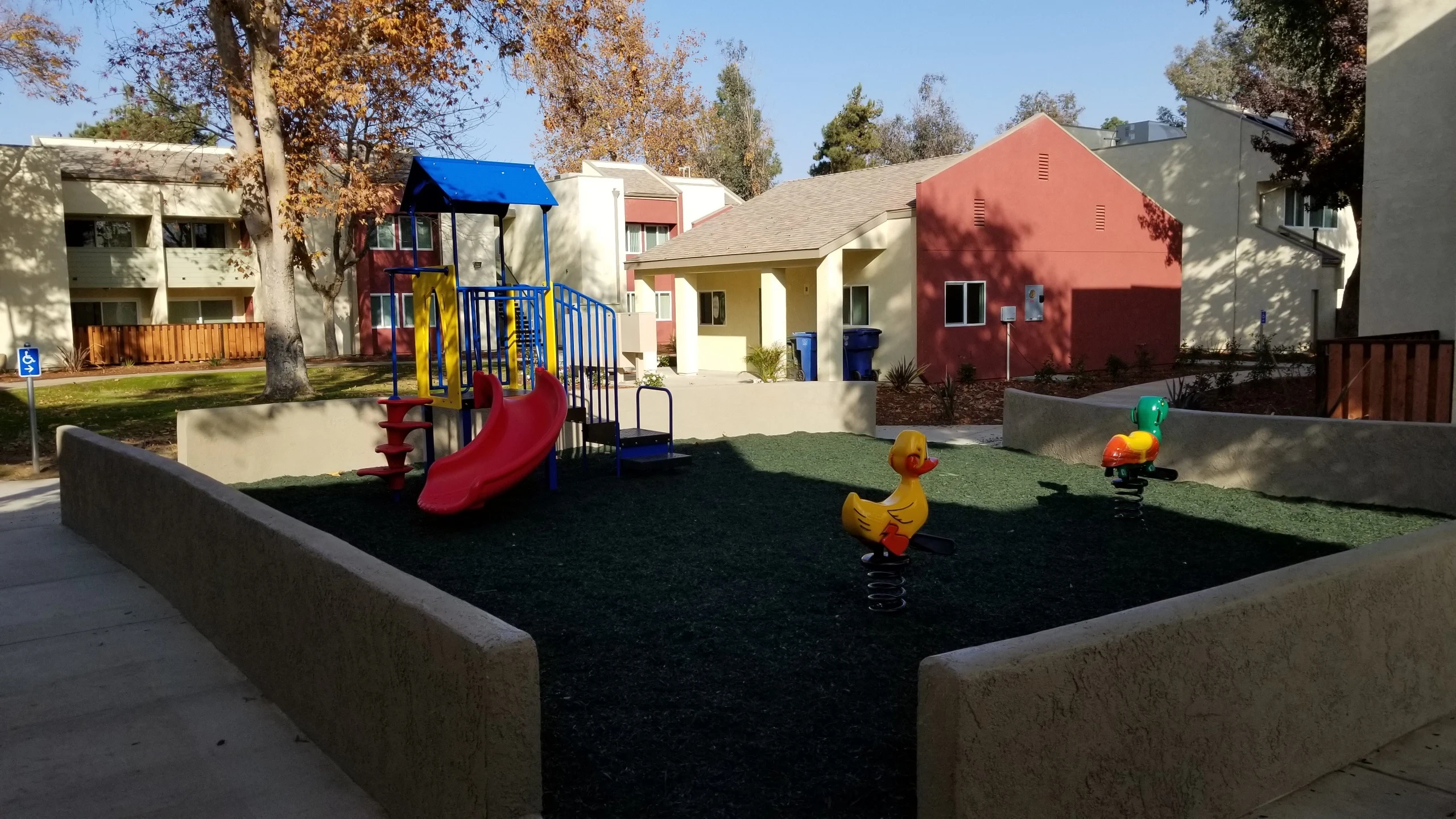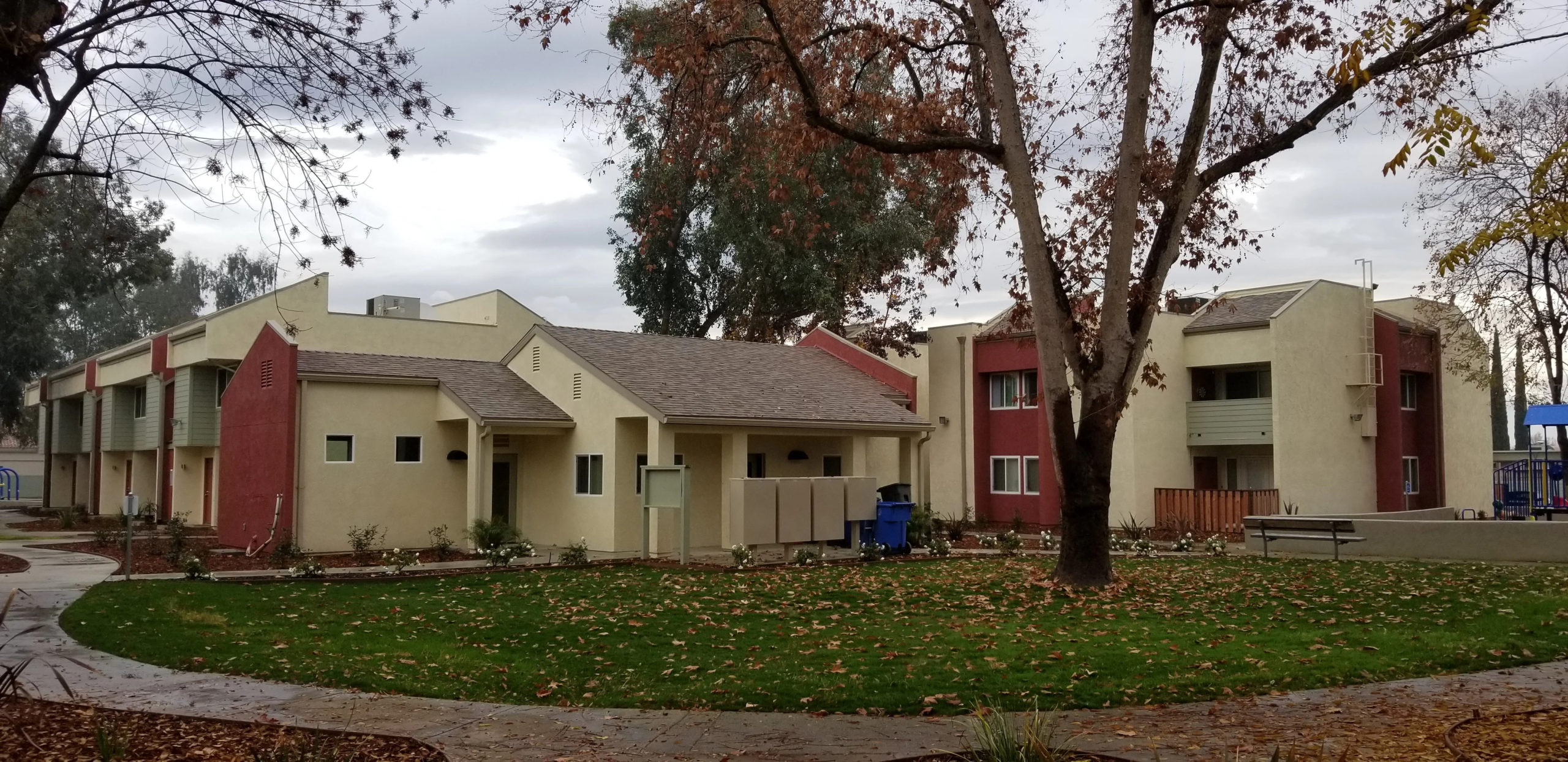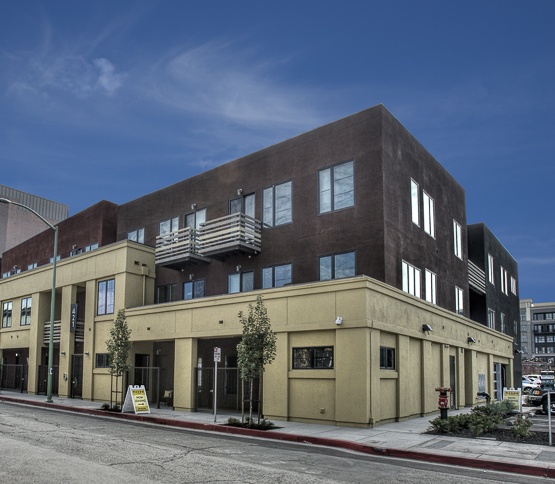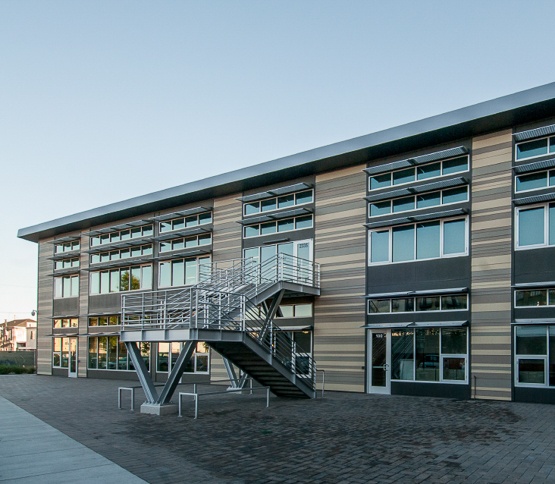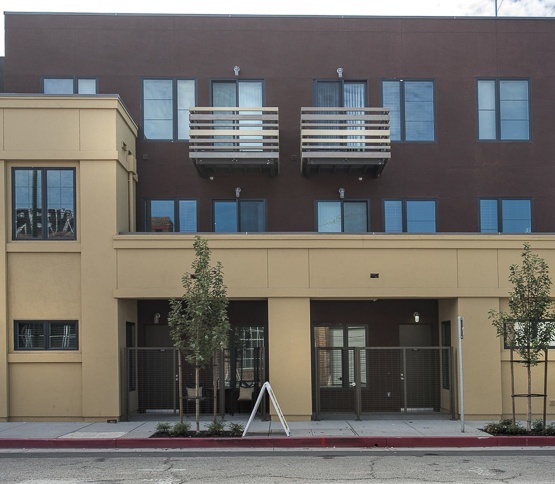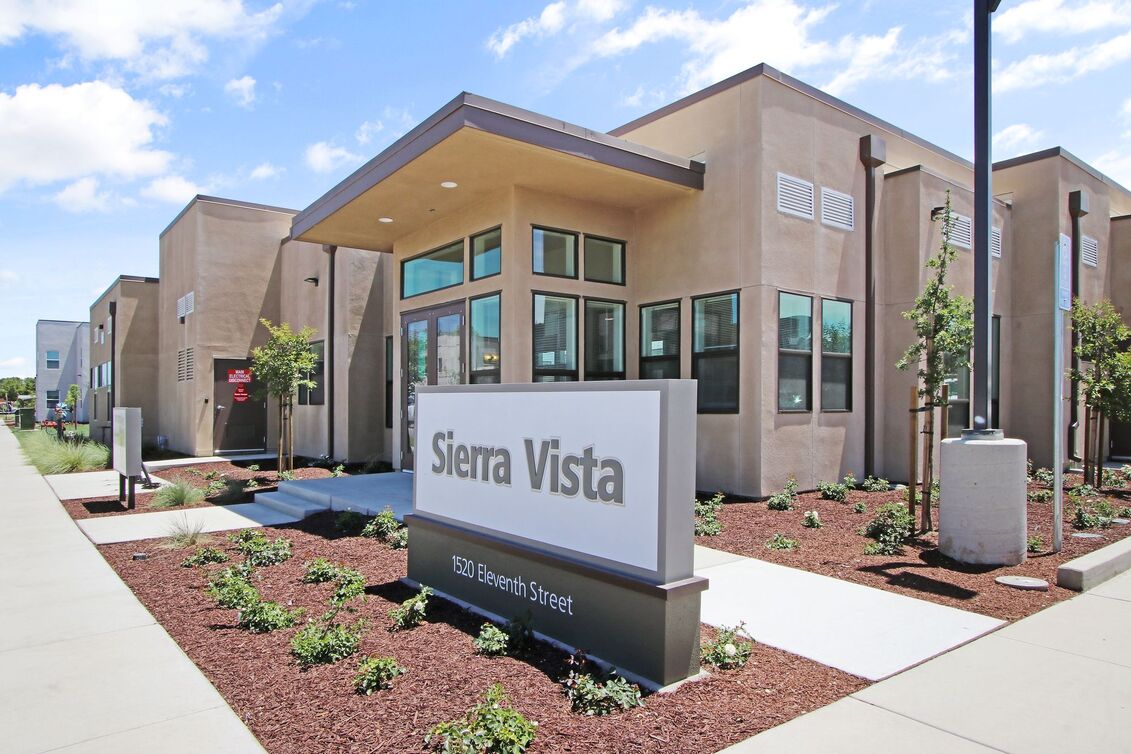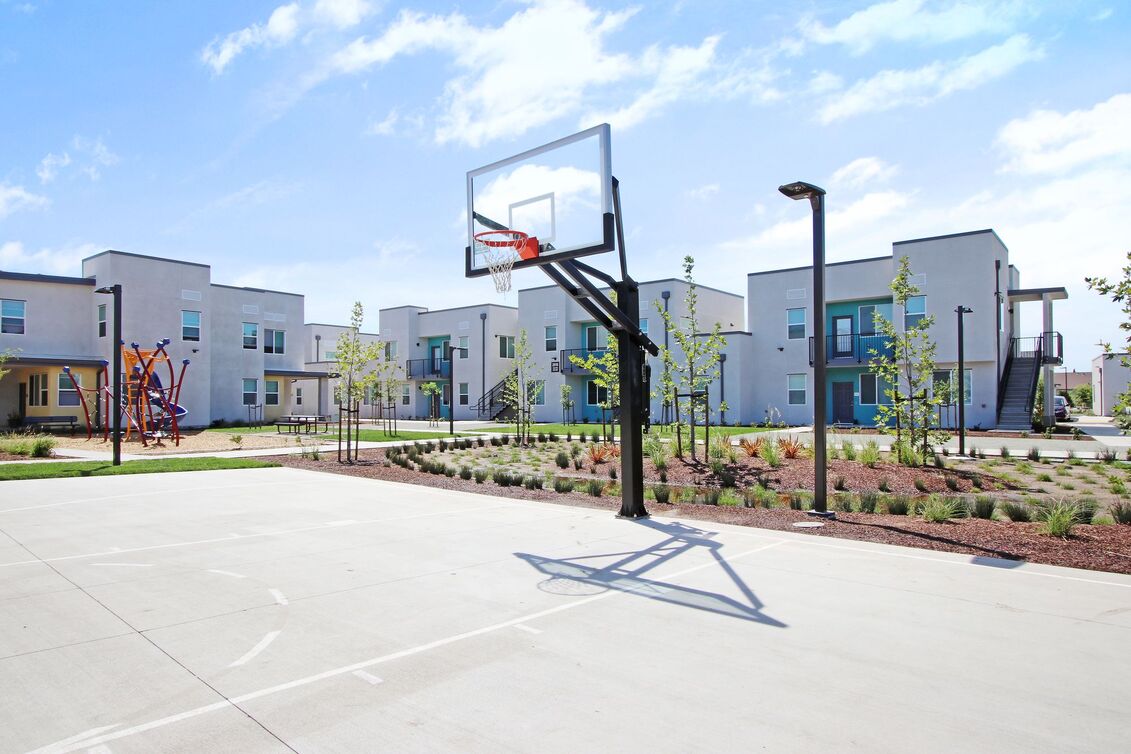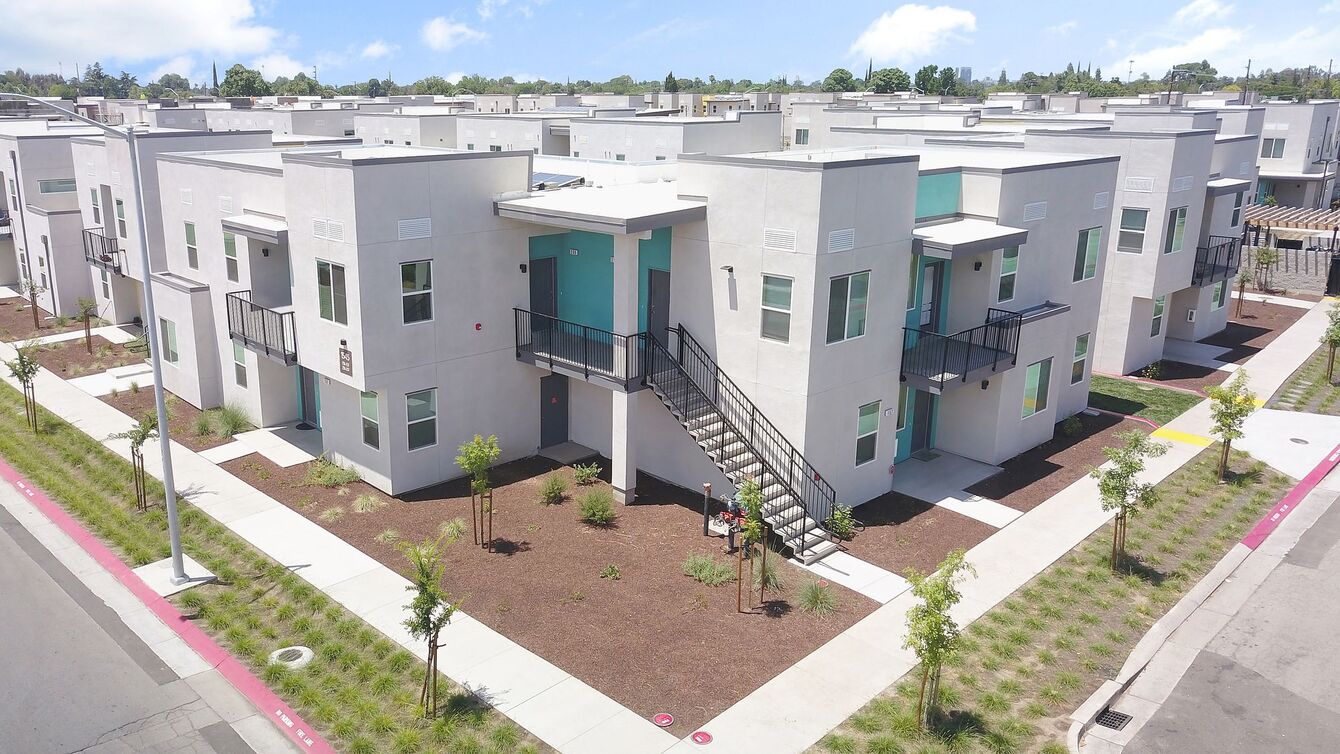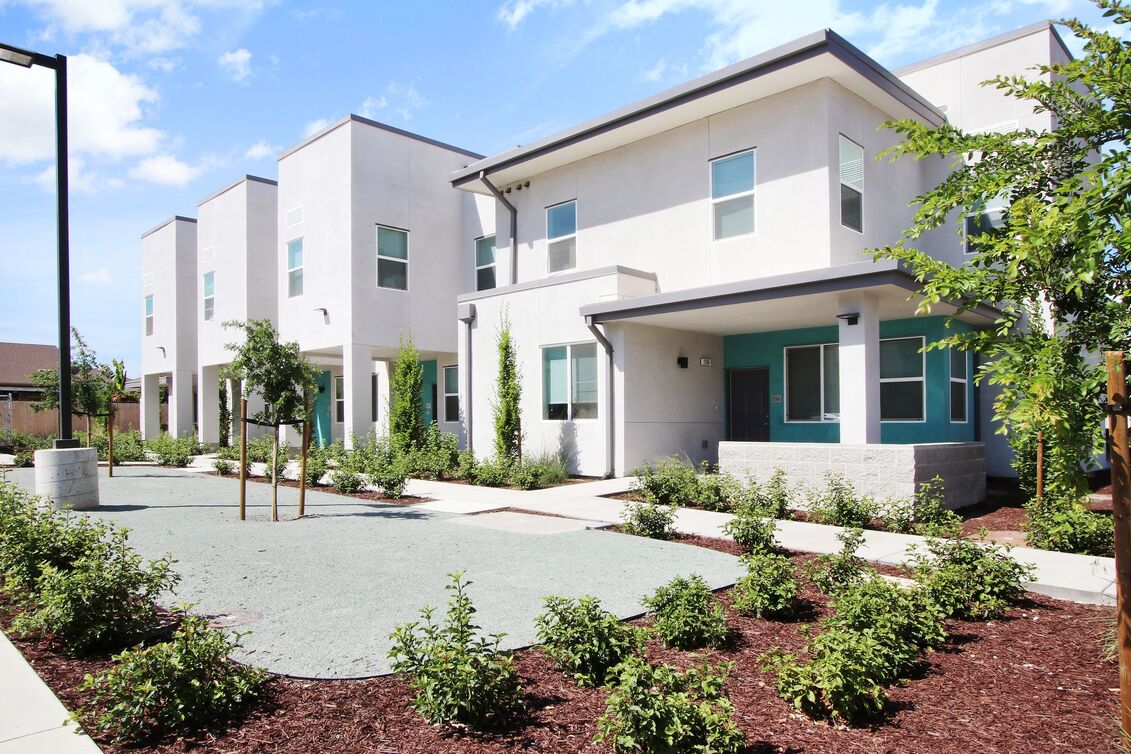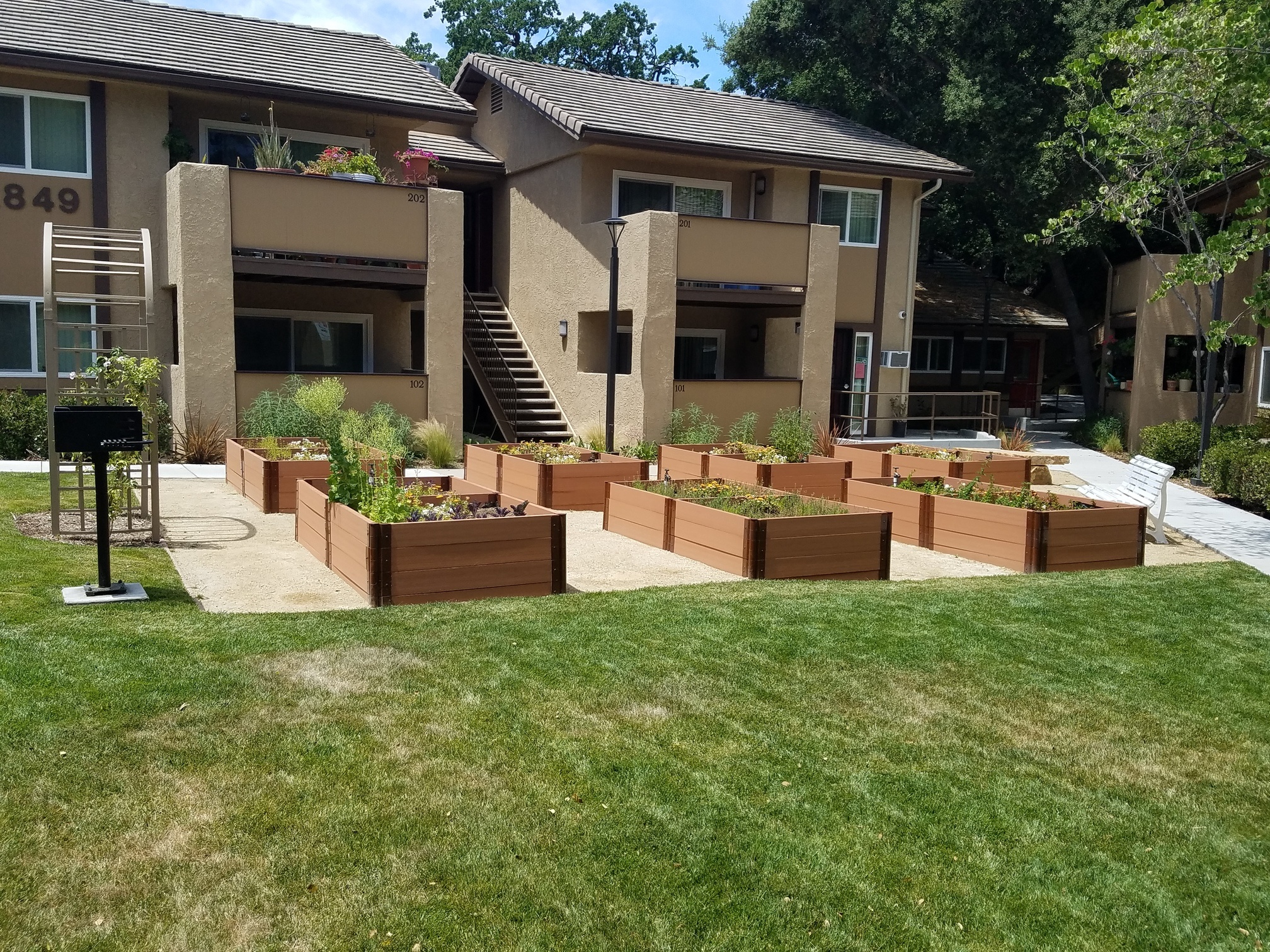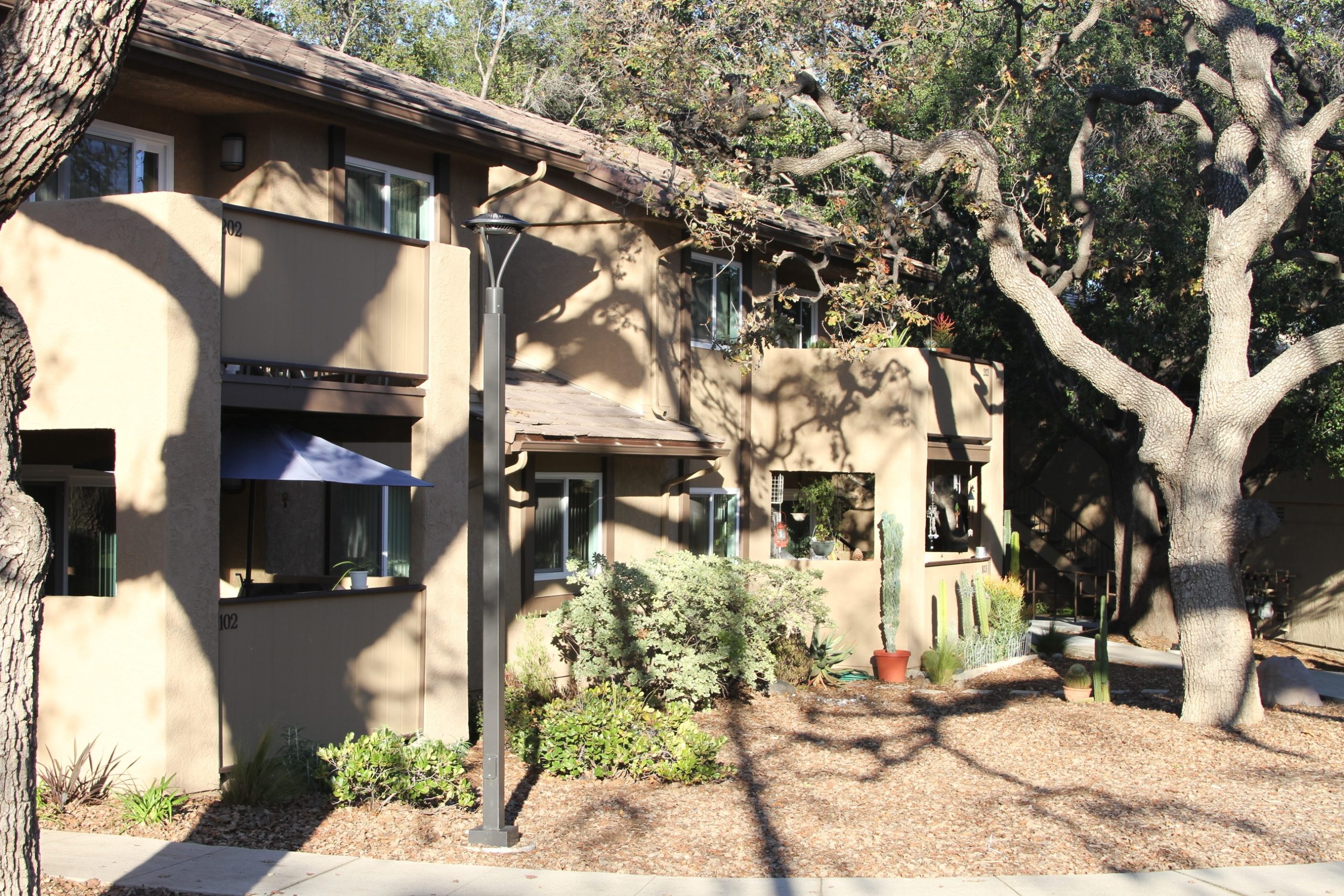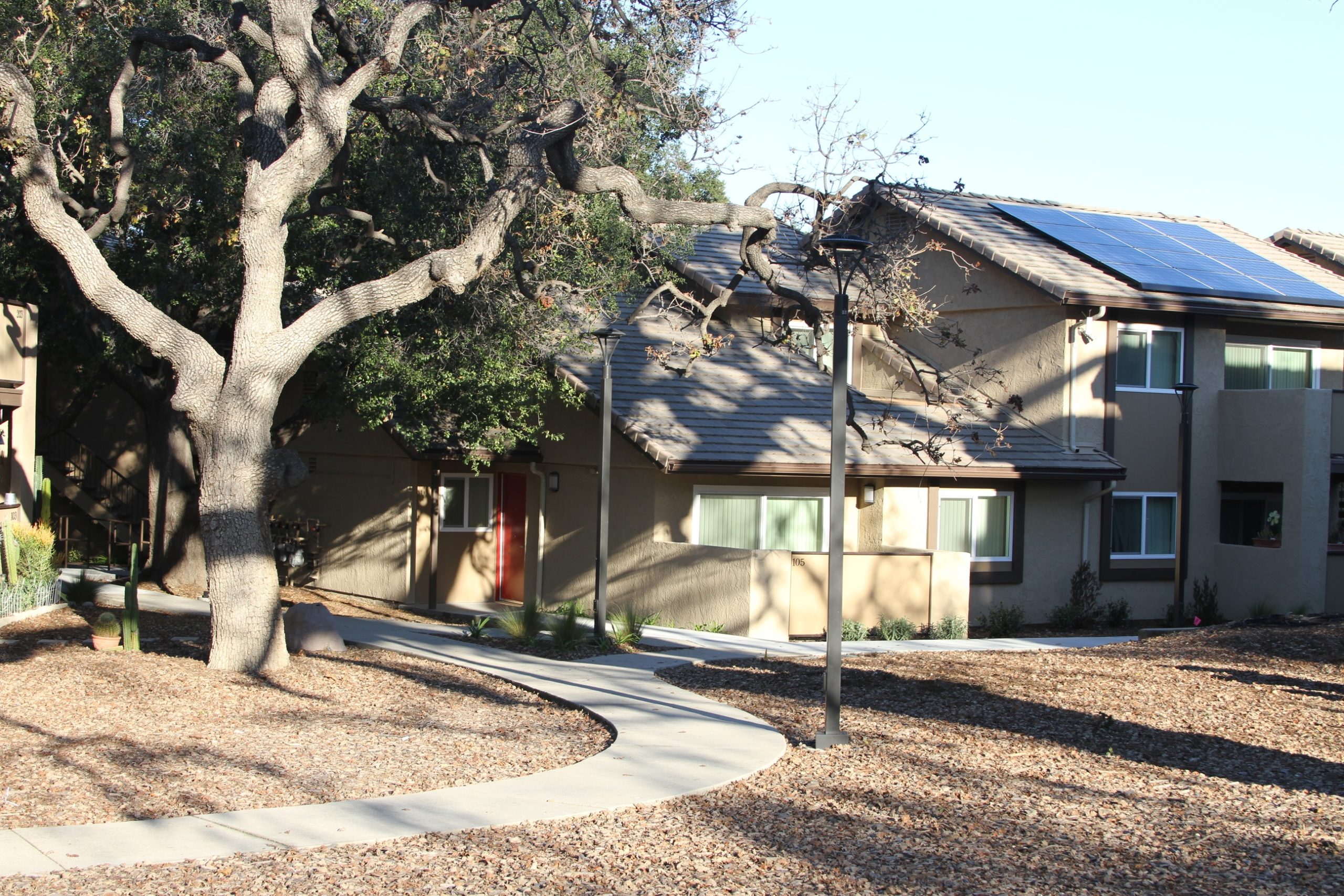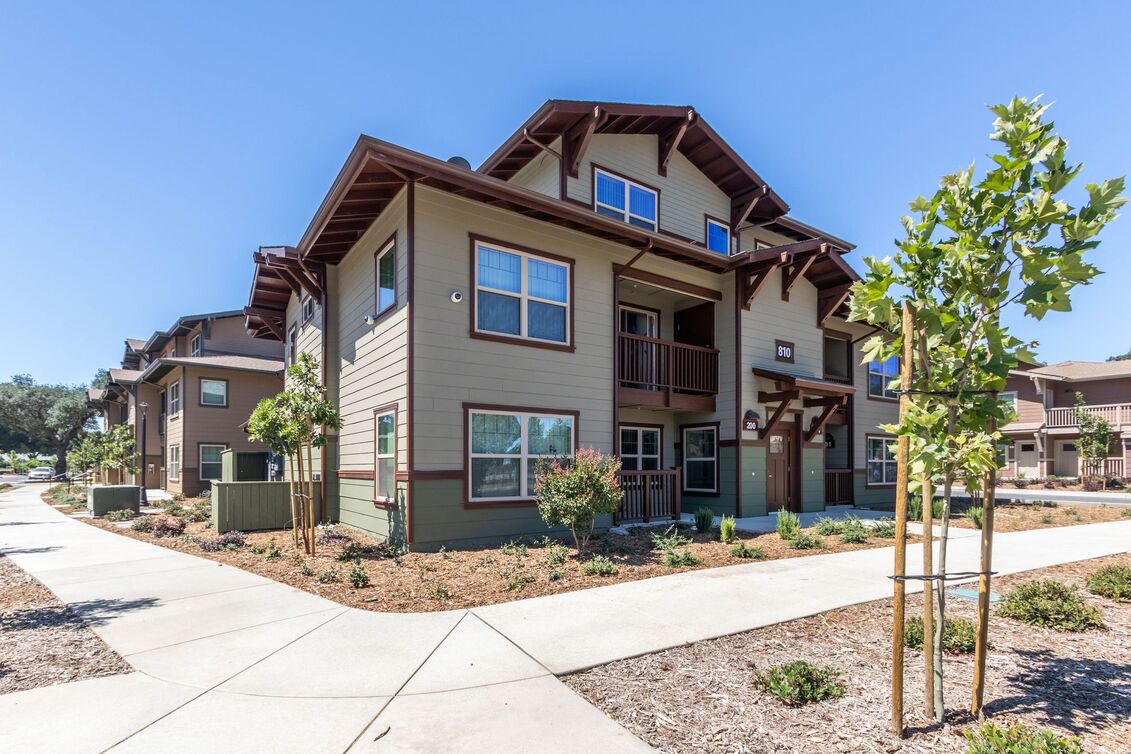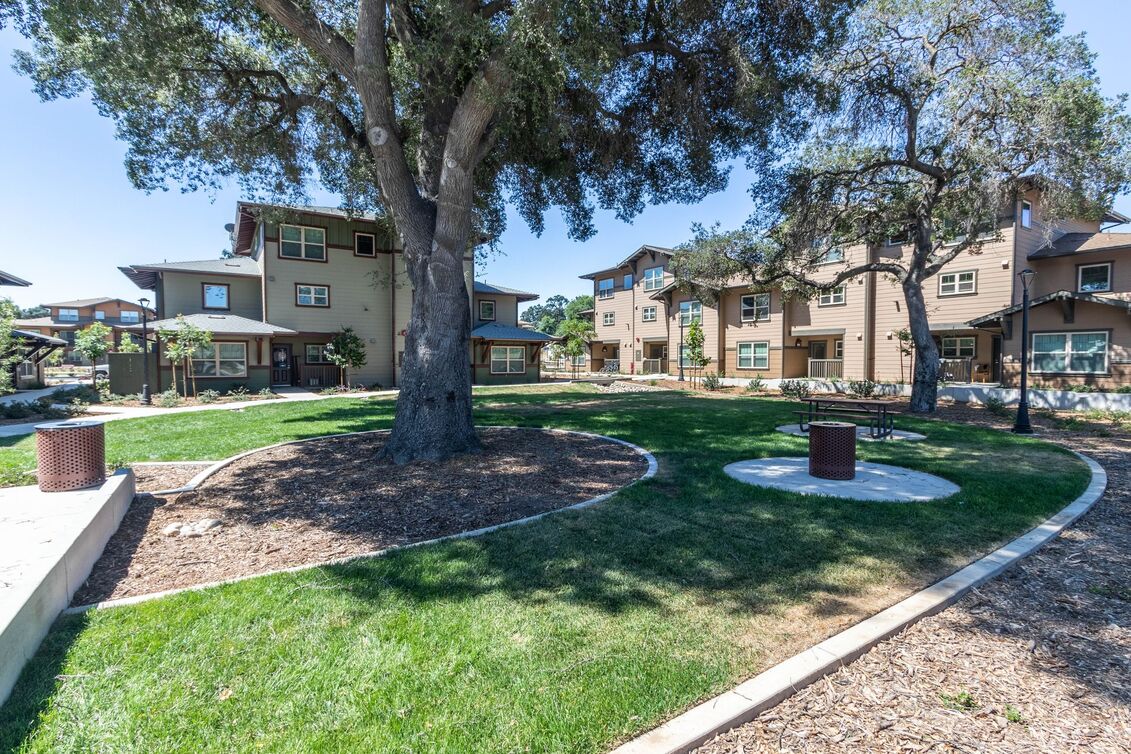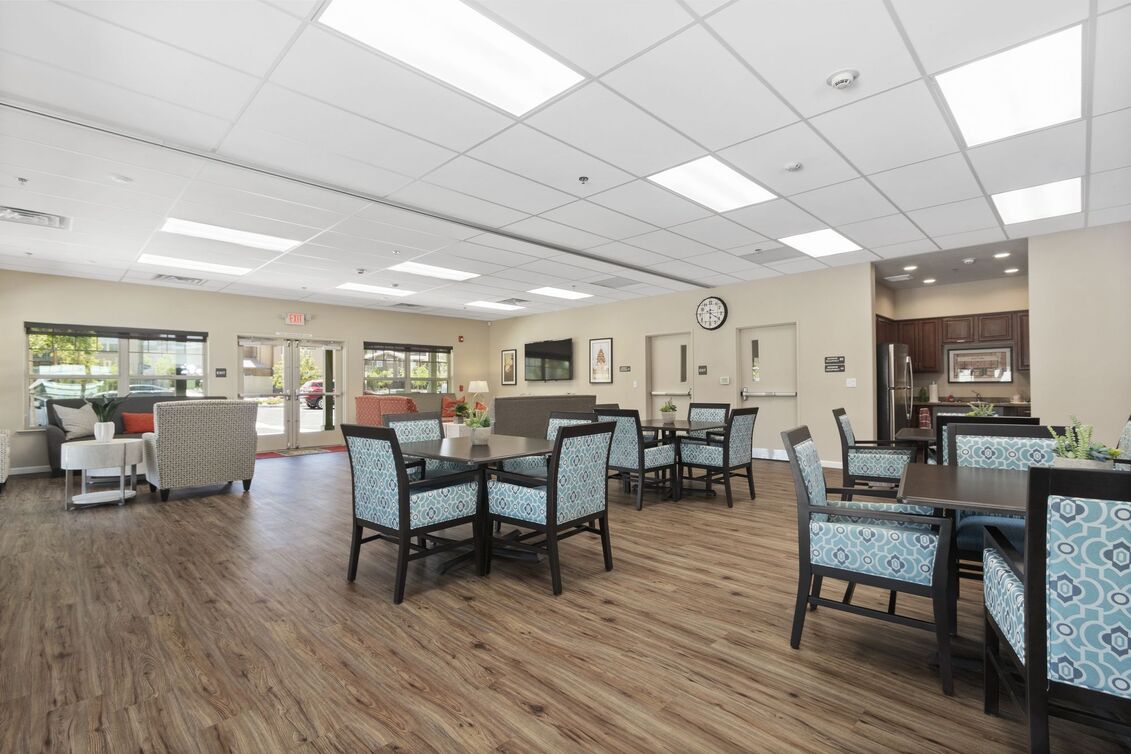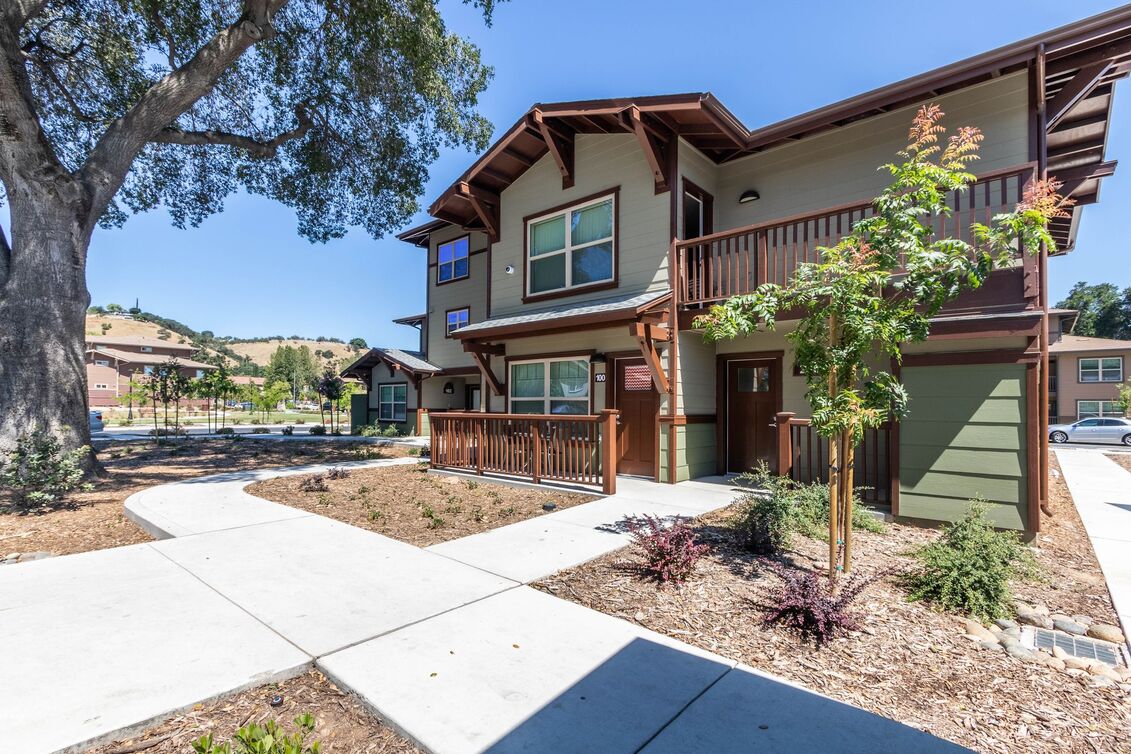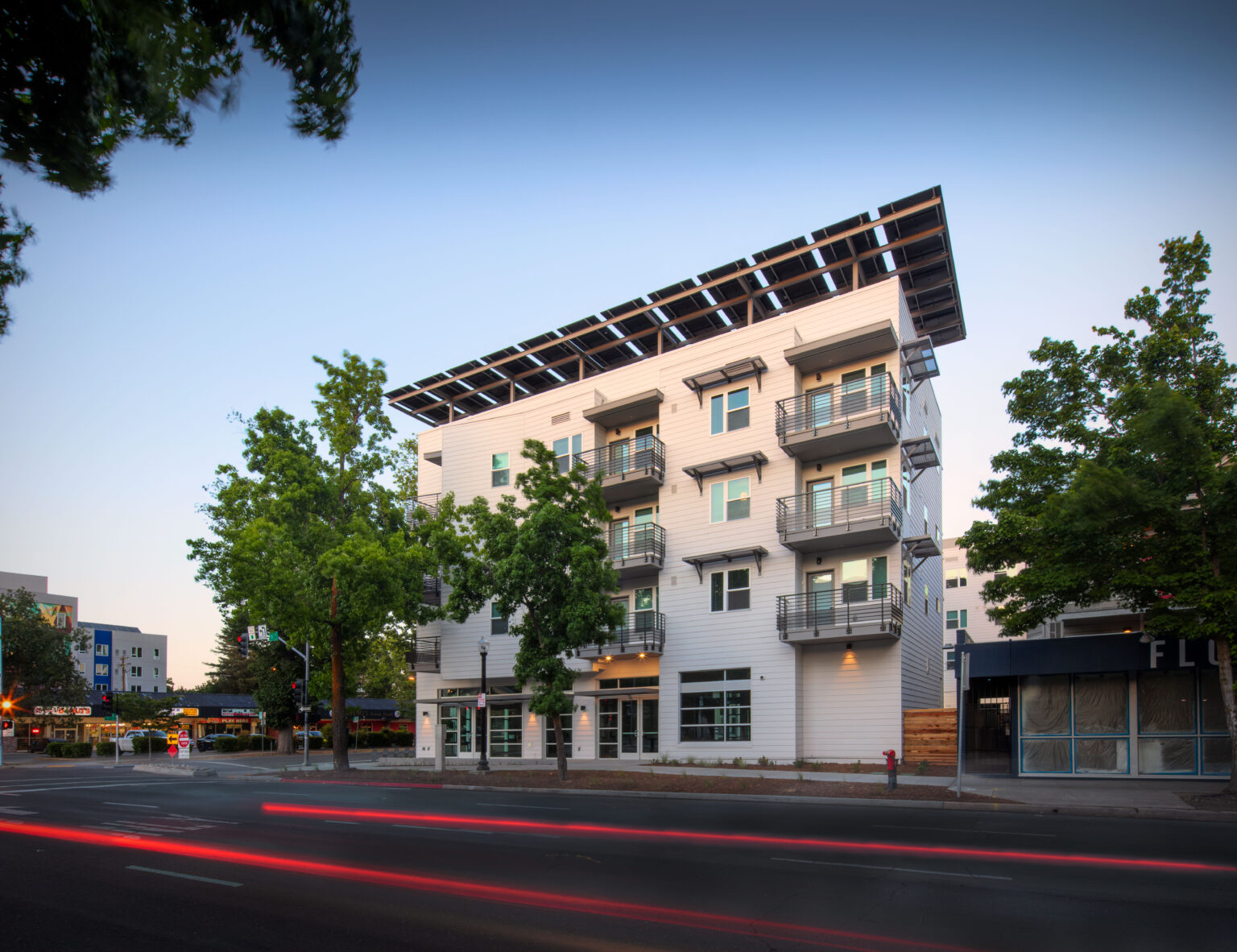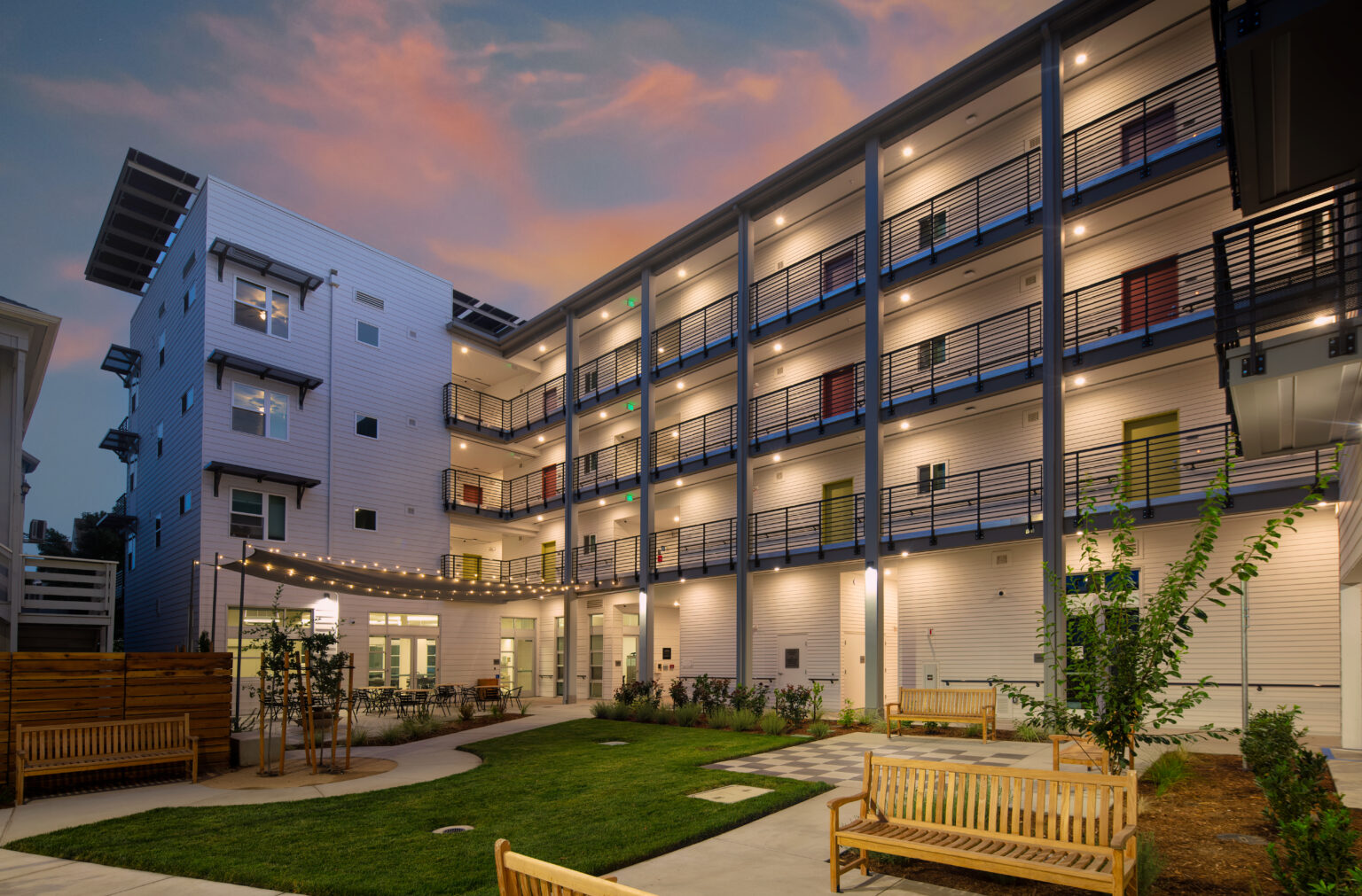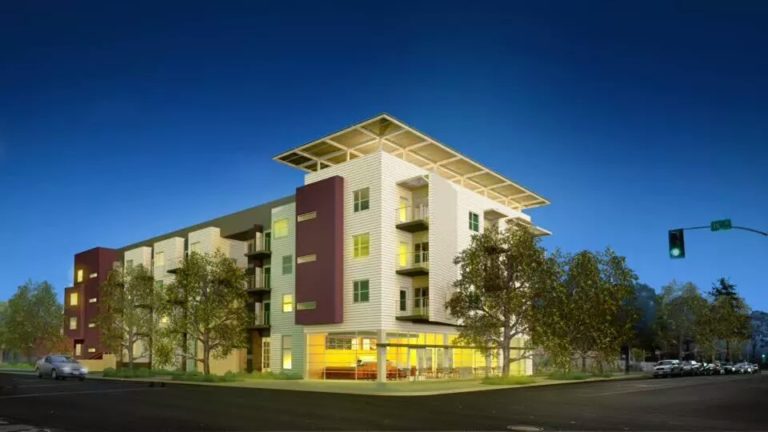Planning is critical for any development project. Period. But in California, more than anywhere else in the United States for that matter, such planning needs to incorporate “energy efficiency” into the equation.
Some developers are tempted to include the minimum standards, just to comply. Some others incorporate energy efficiency during the construction phase. But the truth is that in either one of those cases, developers are increasing the level of risk for their development project. And that is something you do not want to happen.
Welcome to our blog series on how to avoid and mitigate risks in development projects in California through energy planning. In this first installment, we outline three key aspects of energy planning that, if addressed correctly, will minimize risks for your next development project.
Follow the shortcuts to read more about this key topic:
- How Energy Planning Impacts the Cost and Value of a Development Project
- 4 Critical Phases for a Successful Development Project in California
- The 3 Top Energy Compliance Risks in Commercial Development across California
- 5 Energy Compliance Mistakes that Will Kill the Bottom Line of a Development Project
- How to Be Energy Compliant Without Impacting Your Development Timeline
- Commercial Development in California: Mitigating Energy Compliance Risks
Energy planning enhances a developer’s brand
Even if you don’t have a fancy office, a new website or spend money in advertising, every development project you undertake needs to protect and enhance your brand. That is, you are known by a combination of image and past deeds that no one else has. This sort of public “stamp” should guide the decision-making process of prospective clients, associates, suppliers and other stakeholders, and they will, without doubt, be relentless in the evaluation they make.
Therefore, if you are known to be a good energy planner, one who has a deep knowledge of the California Energy Code (commonly referred to as Title 24); one who does not try to cut corners, and who is able to submit efficient designs, then your brand reputation will be highly positive.
The opposite is also true. Do some damage to your brand, and those same stakeholders will move away from your business faster than you’d like.
Energy planning avoids increased construction costs
Incorporating energy efficiency standards at the onset of your development project – in the pre-design stage – makes good business sense. On one hand, it becomes part of the “concept” you are trying to sell; and on the other, early energy planning will help to avoid increased construction costs.
A sound energy plan is one where the architect is able to submit construction drawings that combine a stunning architectural concept with highly efficient energy usage, taking into consideration all possible costs and potential variations or changes. This is what you need to strive for because if anything must be incorporated during construction, it will alter the whole process, the budget, the timeline, or both.
So, do not wait until your design and/or construction drawings are nearly complete to think about energy planning. The risks are too high.
Energy planning fees are a small sliver in the lifetime cost of a building
Not one project is complete when construction is finished, or when the property is sold or rented out. Even if you are not going to operate or manage the building, such a function should be eased by the design itself, including manuals and to-do checklists. This means you have a responsibility that goes beyond handover, and in fact, it is much better to assume it positively, if only to minimize future risks.
You might think that money spent now on energy planning is money wasted, that it may affect your immediate rate of return, or because your business will not benefit from it, or because the benefits seem too far down the road. But what you are really doing by incorporating top of the line energy planning in your projects, is investing in assurance, because even in the case of a failure – and they can happen, no doubt – whoever is managing the building that you designed, will know what and how to solve it.
And that will play positively for your reputation as well.
In conclusion
Energy systems, solutions, materials, and technologies should be planned from the start of any development project in California. They are not an add-on. If you want to strenghthen your reputation as a developer who minimizes risks for their clients, energy planning must be an integral part of your projects.






